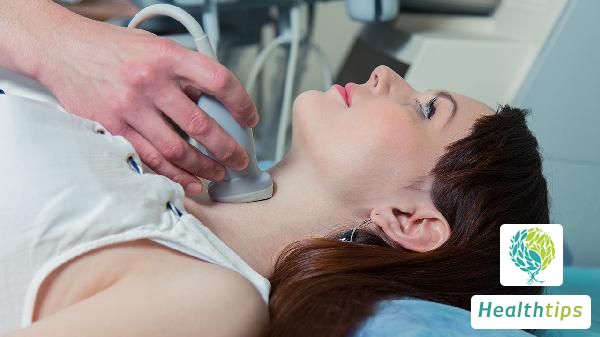"How Can One Treat Nail Fungus?"
Onychomycosis: Causes, Symptoms, and Treatment Options
Onychomycosis, a fungal infection, is characterized by thickening, discoloration, and shedding of the nail plate. The treatment approaches for onychomycosis encompass topical and oral medications, tailored to the individual patient's condition.

1. Topical Medication Therapy
Topical medications are a commonly used treatment option for onychomycosis. Popular topical agents include amorolfine solution and ciclopirox olamine cream. These medications inhibit fungal growth, alleviate symptoms, and aid in recovery. It is crucial to follow the doctor's instructions for proper application and avoid contact with eyes and other mucous membranes.
2. Oral Medication Therapy
Oral medication therapy is suitable for patients with more severe cases. Commonly prescribed oral medications include itraconazole capsules and terbinafine tablets. These drugs work by inhibiting the synthesis of the fungal cell wall, ultimately leading to fungal eradication. Patients must strictly adhere to the doctor's dosage instructions and be vigilant about potential adverse reactions.
3. Surgical Treatment
For patients with severe or unresponsive cases, surgical intervention may be considered. Common surgical procedures include nail avulsion and matrixectomy. These surgeries can effectively remove the infected tissue but require post-operative wound care and prevention of infection.
4. Alternative Treatment Modalities
In addition to the aforementioned treatments, phototherapy and laser therapy serve as adjunctive therapies. These modalities improve local blood circulation, promote inflammation resolution, and alleviate symptoms.



















